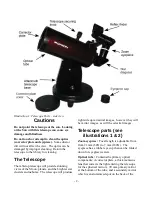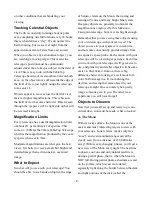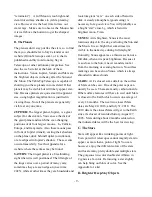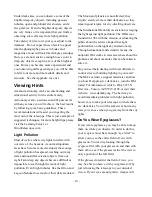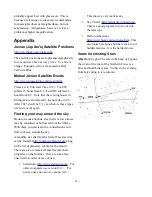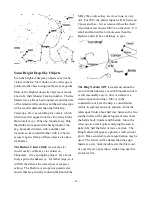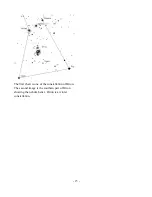
corrector. Which reflects the licgh back through a
hole in the center of the primary mirror to the
eyepiece. The optical train produces a 1,250 mm
focal length and a focal ratio of f/13.9.
Altitude tension adjustment knob:
By
tightening and loosening this knob, you can
change the amount of tension in the altitude
(up/down) motion of the telescope.
Altazimuth base:
The wooden base provides a
stable base for the telescope when placed on a
sturdy table, like a picnic table. Celestial objects
viewed through the telescope will appear to
slowly move due to the Earth's rotation. The
higher the power that faster this apparent motion.
EZ Finder II reflex sight:
This finder does not
magnify. When properly aligned it puts a virtual
red dot on the object you're aiming at. The use of
the finder is discussed in the
Getting Started
section.
Telescope securing knob:
This allows the
telescope to be positioned fore and
aft in the mount for balance and
stowage. Three indentations on the
Dovetail bar are used for this
purpose. The telescope tube must
be supported by your hand when
moving from one indentation
position to another.
90º Star diagonal
: Contains a right
angle prism to allow a convenient
viewing angle when looking up into
the sky. It also maked the image
right-side-up, and produces a mirror
image.
Focus knob:
Alters the spacing of
the internal optical components to
focus the telescope. This provides
an extreme range of focus, so it is
possible to become 'lost' and have
difficulty in changing focus from
near to far objects. Rotate the knob
clockwise to focus on near objects,
and counterclockwise to focus on
more distant ones.
- 3 -
Illustration 2: Telescope - rear view
Summary of Contents for StarMax 90
Page 16: ......


